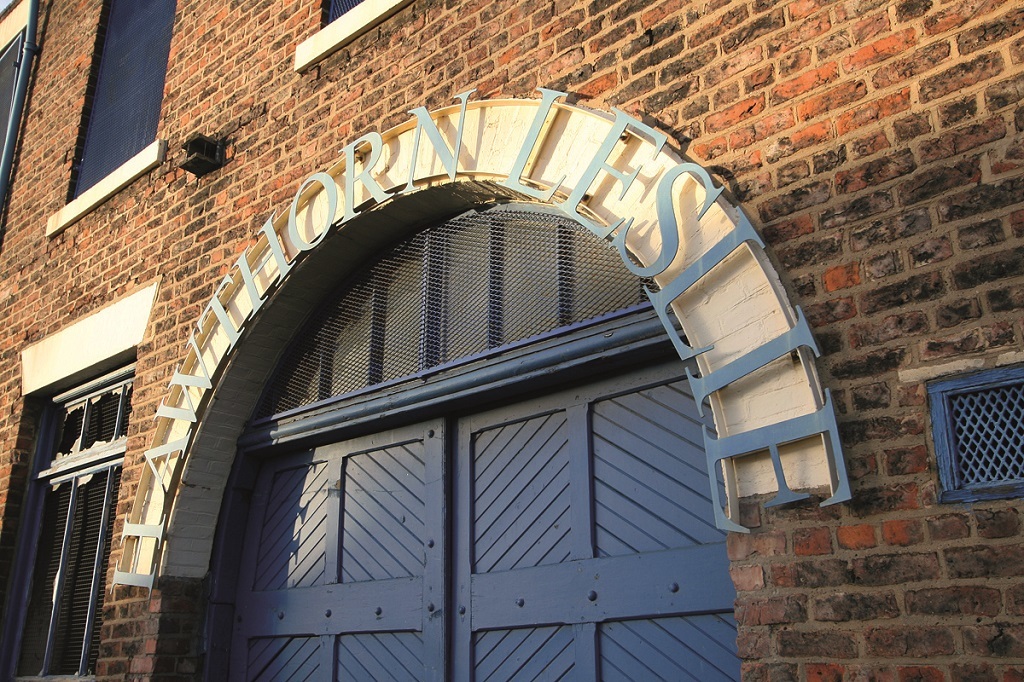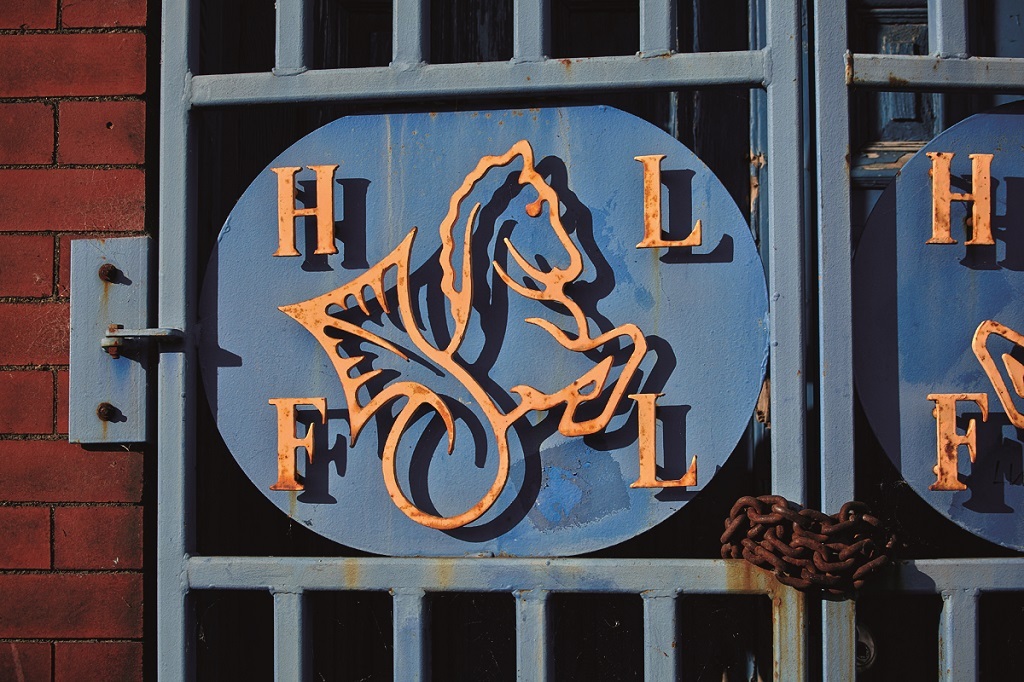
Connecting the north easts of Scotland and England
There’s a long and proud connection between the shipyards in the north east of Scotland and the north east of England.
I found myself on the top floor of an abandoned shipyard on the River Tyne.
From the top floor of Hawthorn Leslie’s offices in Hebburn, I looked out across overgrown slipways, a crumbling jetty and the dry dock where ship repairers worked on a P&O ferry, the Pride of Calais. This graving dock, built in 1866 from great blocks of sandstone, is the only active part remaining at Hawthorn Leslie’s yard.
Graham Greene wrote that, ‘To each man a city consists of no more than a few streets, a few houses, a few people. Remove those few and the city no longer exists except as a pain in the memory, like the pain of an amputated leg no longer there.’
Shipbuilding in the North East of England has its roots in North East Scotland, but that memory is fading, and with it, a Scottish enclave in the heart of Tyneside.
In 1841, the first of the so-called Three Wise Men from Aberdeen arrived in Newcastle. John Sangster Coutts was a partner in Aberdeen Shipyard, which built the iron sailing ship John Garrow in 1839. That success fired him to move south and build the first iron ship on the Tyne, the paddle steamer Prince Albert.
Coutts recruited many former colleagues from Aberdeen, including Charles Mitchell, who later opened his own shipyard on the Tyne at Walker. Mitchell’s business prospered, and went on to become a predecessor of the world-famous Swan Hunter Shipbuilders at Wallsend.

The former shipyard’s main entrance (Photo: Mark Chalmers)
The third member of this troika was Andrew Leslie. Born on a Shetland croft in 1818, but raised in Aberdeen, Leslie was apprenticed to John Vernon & Co. at Footdee Ironworks. He began as a rivet-catcher, then served his time as a boiler-maker. Promotion to foreman came quickly, and in the evenings Leslie was tutored in technical drawing by Charles Mitchell. Andrew Leslie was put in charge of his department even before he completed his apprenticeship and when Vernon died, he took over the business.
By 1850, Leslie had developed the boilerworks into a boatyard, but John Coutts enticed him southwards in search of greater opportunities.
Leslie briefly worked in partnership with Coutts, before taking eight acres at Hebburn Quay in 1853 on his own account. It was, he wrote, ‘A beautiful place. There were many trees. Cows were grazing on wide fields and farmlands spread down to the river. I saw, as through in a dream or vision, what could be done.’
Yet Leslie’s firm had a tough start. The first keel laid at Hebburn was for the Clarendon, but launching the ship nearly broke him. There was no slipway at Hebburn, so the ship had to be dragged through soft mud to the foreshore. It got stuck, and had to be drawn into the river by tugs. Soon afterwards, it was hit by a gale and capsized, having to be rescued for a second time.
Leslie’s imported workforce were given an equally tough welcome by the locals, but as the yard grew, he sent for more Aberdonians. Among them were McGregor and McGillivray, John Grant, Alex Cowie and John Matheson, who became Leslie’s shipyard manager. By the 1860s, the streets around Hebburn Shipyard had become ‘Little Aberdeen’ and hundreds of workers lived in the houses he built for them.

Shipyard gates with Hawthorn Leslie’s seahorse logo (Photo: Mark Chalmers)
Having launched over 250 ships at Hebburn, Andrew Leslie retired in 1884. By then, his yard was described by Lloyd’s Register as the best appointed shipbuilding yard in the world, and its profits had built the St Andrew’s Presbyterian Church, whose 200 ft. steeple at the top of Ellison Street is still a landmark.
Leslie died peacefully in 1894, and his funeral procession was a huge affair with hundreds of workers seeing him off on a special train to Scotland. His partner Arthur Coote merged the shipyard with the locomotive works of R&W Hawthorn, creating Hawthorn, Leslie & Co.
Hawthorn Leslie lasted for 80 years and built another 500 hulls. However, Coote had neither the flair nor forcefulness of Leslie and the new firm didn’t make a profit for ten years, until it won a contract from the Russian Navy. For the next few decades, the yard always had at least one naval vessel on its slips.
Over the course of World War Two, Hawthorn Leslie built over 50 ships, including the aircraft carrier Triumph, three cruisers and many destroyers. Post war, Hebburn specialised in tankers, including the Auris which in 1951 became the first merchant ship to cross the Atlantic under gas turbine power.

A carving on St Andrew’s Church, reputed to be Andrew Leslie himself (Photo: Mark Chalmers)
In the 1960s, the Royal Fleet Auxiliary turned to Hawthorn Leslie for its ‘oilers’, the mobile filling stations which keep the Navy sailing. They were fitted with Parsons steam turbines built by Hawthorn Leslie themselves, and marked the form’s high point as an integrated shipbuilder: in other words one which built the hull, the machinery and did the fitting out as well.
Hawthorn Leslie was nationalised in 1977, and shipbuilding ended at Hebburn in 1982. The building berth cranes were demolished in the 1990’s, and the famous Hawthorns clocktower was flattened in 2007. A&P (Tyne) Ltd. continue as a ship repair business – but the rest of Andrew Leslie’s enterprise is, to use Graham Greene’s analogy, like an amputated limb.
Today, Leslie’s memorial is the church dedicated to the patron saint of Scotland, who by chance shares the shipbuilder’s name…
TAGS

